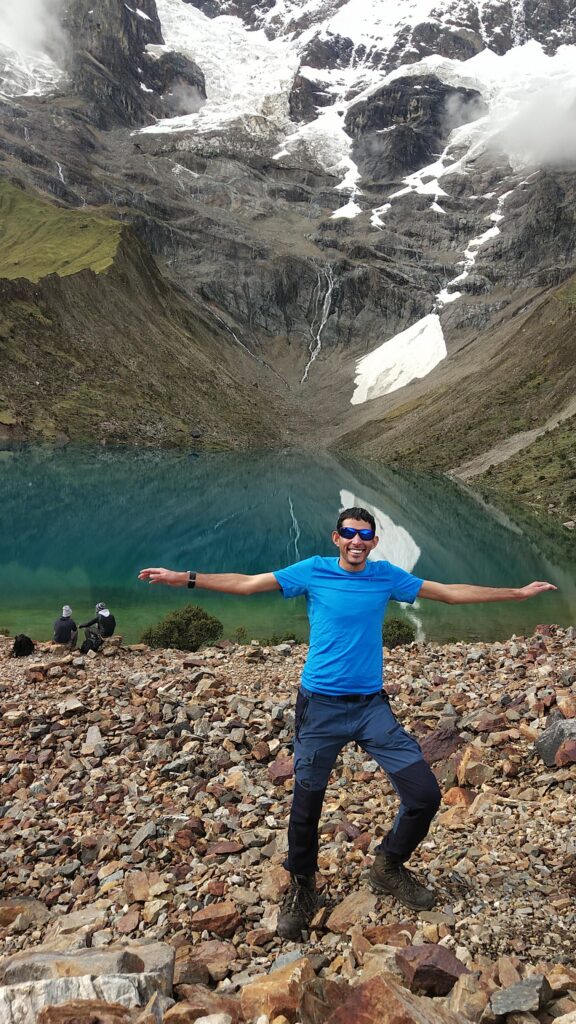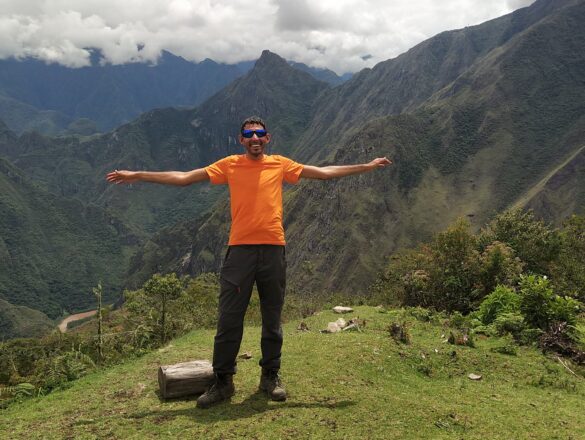What is Machu Pichu?
Machu Picchu is an ancient Incan citadel located in the Andes Mountains of Peru. It was built in the 15th century, during the height of the Inca Empire, and was abandoned less than 100 years later during the Spanish conquest. The site was then lost to the jungle and forgotten until its rediscovery in 1911 by American explorer Hiram Bingham.
Machu Picchu is renowned for its stunning architecture, including its precise stonework and intricate terracing. It is also surrounded by breathtaking natural scenery, with the peaks of the Andes and the lush greenery of the jungle in the distance.
The purpose of Machu Picchu remains a subject of debate among historians and archaeologists, but it is generally believed to have been a royal estate and religious retreat for the Incan emperor Pachacuti. Today, Machu Picchu is a popular tourist destination and one of the most famous archaeological sites in the world.
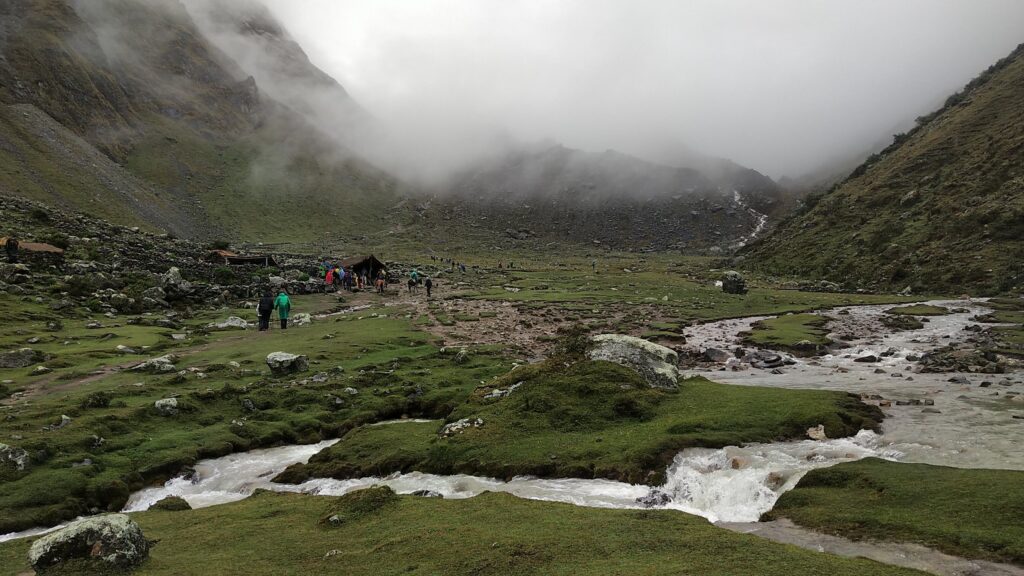
What are the options to reach Machu Pichu?
There are several ways to get to Machu Picchu, including taking a train, hiking the Inca Trail, or doing the Salkantay Trek. The best option for you depends on your fitness level, interests, and available time and budget. Here’s a breakdown of each option:
1. Train: The train is the most popular and easiest way to get to Machu Picchu. You can take a train from Cusco or Ollantaytambo to Aguas Calientes, the town at the base of Machu Picchu. The train ride takes around 3-4 hours and offers stunning views of the Andes mountains and the Urubamba River. Once you arrive in Aguas Calientes, you can take a shuttle bus up the mountain to the entrance of Machu Picchu.
2. Inca Trail: The Inca Trail is a 4-day trek through the Andes mountains that leads to Machu Picchu. The trek is challenging, but it offers breathtaking views of the Andes and passes by several Inca ruins. The Inca Trail requires a permit, which should be obtained well in advance, as permits sell out quickly during peak travel season.
3. Salkantay Trek: The Salkantay Trek is an alternative to the Inca Trail and is a bit less crowded. It takes 4-5 days and involves hiking over high mountain passes and through remote Andean villages. The trek offers stunning views of the Salkantay Mountain and finishes at Machu Picchu.
Whichever option you choose, it’s important to prepare physically and mentally for the trip and to acclimatize to the high altitude before starting your journey. It’s also recommended to book your tickets and permits well in advance to secure your spot.
Why The Salkantay Trek over The Official Inca Trail?
Both the Salkantay Trek and the Inca Trail are popular trekking routes in Peru that lead to the famous ancient city of Machu Picchu. While the Inca Trail is more famous and well-known, the Salkantay Trek offers a unique and more challenging experience. Here are some reasons why the Salkantay Trek might be better than the Inca Trail:
- Scenery: The Salkantay Trek takes you through some of the most stunning and diverse landscapes in Peru. You’ll see snow-capped mountains, lush forests, crystal-clear lakes, and remote Andean communities. The Inca Trail, while also beautiful, is more focused on ancient ruins and narrow mountain paths.
- Challenge: The Salkantay Trek is more challenging than the Inca Trail, with higher altitudes and steeper climbs. This makes it a better choice for experienced hikers who are looking for a more physically demanding trek.
- Crowds: The Inca Trail can get very crowded, especially during peak season. The Salkantay Trek is less traveled, which means you’ll have a more authentic and peaceful experience.
- Cultural Experience: The Salkantay Trek takes you through remote Andean communities, where you can interact with locals and learn about their way of life. This makes for a richer cultural experience than the Inca Trail, which is more focused on ancient Incan culture.
- Machu Picchu: Both the Salkantay Trek and the Inca Trail lead to Machu Picchu, but the Salkantay Trek offers a unique and breathtaking approach to the ancient city. Instead of arriving at the Sun Gate, you’ll hike through the lush cloud forest and arrive at Machu Picchu from the backside.
Overall, the Salkantay Trek offers a more challenging, diverse, and authentic experience than the Inca Trail. However, both treks are incredible in their own right and offer a unique way to experience the beauty and history of Peru.
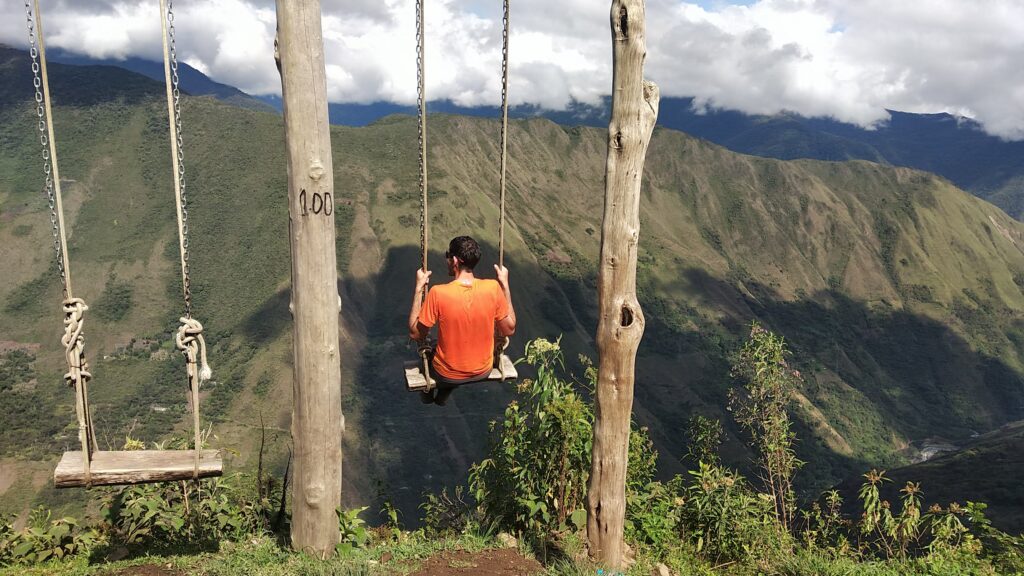
Hiking The Salkantay Trek With a Guide?
Hiking the Salkantay Trek with a guide can offer a number of benefits that you may not get if you choose to hike without a guide.
With a guide, you’ll have access to their knowledge and experience of the area, including the best routes to take, any potential hazards to look out for, and information about the local flora and fauna. They can also help you with any equipment you may need and provide guidance on safety protocols.
Hiking the Salkantay Trek without a Guide?
Hiking the Salkantay Trek without a guide can offer many benefits for experienced hikers. Here are some of them:
- Flexibility in itinerary: When hiking without a guide, you have the freedom to set your own pace and make changes to the itinerary as needed. You can take as much time as you need to rest, explore, and enjoy the scenery along the way.
- Cost-effective: Hiring a guide can be expensive, especially if you’re traveling on a budget. By hiking without a guide, you can save money and spend it on other activities or accommodations.
- Personalized experience: Without a guide, you have the opportunity to create your own unique experience. You can choose to hike at your own pace, take different routes, and explore areas that interest you most.
- Better connection with nature: Hiking without a guide allows you to fully immerse yourself in nature, with no distractions or preconceived notions. You can take the time to appreciate the beauty of the landscape and connect with the environment on a deeper level.
- Challenge yourself: Hiking the Salkantay Trek without a guide can be a challenging and rewarding experience. It requires self-reliance and problem-solving skills, which can help you grow as a person and build confidence in your abilities.
Overall, hiking the Salkantay Trek without a guide can provide a unique and fulfilling adventure for those who are prepared and experienced enough to take on the challenge.
The Costs of the Various ways to get to Machu Picchu?
The cost of the Salkantay trek to Machu Picchu can vary depending on several factors, including whether you choose to hike with a guide or without a guide, and whether you opt to take the train to Machu Picchu. Additionally, the cost may vary based on the season and the level of comfort you prefer during your journey.Here’s an estimate of the costs in GBP based on current information:1. Salkantay Trek with a Guide: – The cost for a guided tour can range from £400-£700 per person depending on the level of comfort and services included. – This cost usually covers transportation, accommodation, meals, and a guide.2. Salkantay Trek without a Guide: – If you choose to hike without a guide, the cost will be lower as you won’t have to pay for guide services. – The cost can range from £150-£300 per person, which includes transportation, accommodation, and meals.3. Train to Machu Picchu: – If you opt to take the train to Machu Picchu, the cost will depend on the type of train and level of service you choose. – The cost can range from £60-£170 per person for a one-way ticket.Overall, hiking the Salkantay Trek without a guide is the most cost-effective option, but it requires more planning and preparation. Taking the train to Machu Picchu is the most convenient option, but it’s also the most expensive. Ultimately, the choice depends on your budget, preferences, and hiking experience.
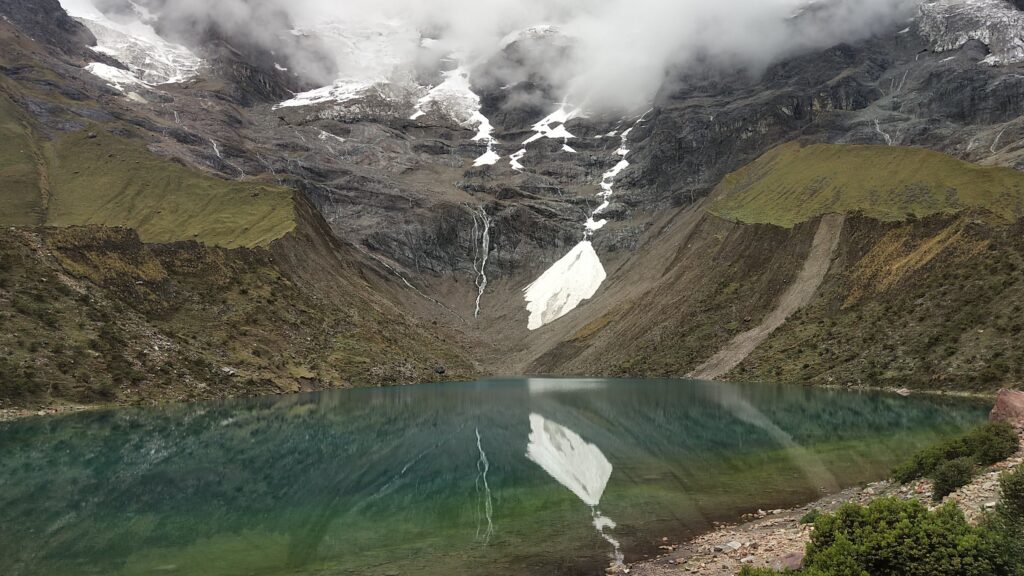
My Experience of the Journey?
As an avid hiker and adventure-seeker, I had always dreamed of hiking the Salkantay Trek in Peru. But I wanted to do it on my own terms, without the assistance of a guide. So, I set out to plan my own 5-day itinerary and embarked on the journey of a lifetime.
Day One: Cusco to Mollepata
My journey began in the historic city of Cusco, where I caught a shared bus to Mollepata. The bus ride was a great opportunity to soak in the stunning views of the Peruvian countryside. Once we arrived in Mollepata, I started my trek, passing through several small villages and admiring the local wildlife.
But the highlight of the day was without a doubt the Humantay Lake. The turquoise blue waters were surrounded by snow-capped peaks, making for a breathtaking sight. It was a challenging uphill climb to reach the lake, but the reward was well worth it.
Day Two and Three: Salkantay Pass and Soraypampa
The next two days were filled with more challenging hikes, including the trek up to Salkantay Pass, which stands at a towering 15,200 feet above sea level. The views from the top were awe-inspiring, with snow-capped peaks in every direction.
As I made my way down from the pass, I hiked through the stunning valley of Soraypampa. This was a more peaceful part of the trek, where I was able to take my time and appreciate the natural beauty of the area.
Day Four: Hydroelectric to Aguas Calientes
On day four, I hiked along the railway from hydroelectric to Aguas Calientes. This was a relatively easy part of the trek, allowing me to rest my weary legs and take in the gorgeous scenery.
Aguas Calientes itself is a charming town with plenty of amenities for hikers. I spent the evening relaxing and recharging before the final leg of my journey.
Day Five: Machu Picchu and Huayna Picchu
The fifth and final day of my trek was undoubtedly the most exciting. I woke up at 5am and hiked from Aguas Calientes to Machu Picchu before the first bus arrived. This allowed me to experience the ancient city of Machu Picchu in all its glory, without the crowds that often swarm the area.
After exploring Machu Picchu and taking plenty of pictures, I decided to take on the challenge of hiking up to the top of Huayna Picchu, the higher of the two mountains. The climb was steep and challenging, but the views from the top were absolutely breathtaking.
After descending from Huayna Picchu, I spent some time exploring Machu Picchu once again, taking in the incredible views and the buzz in the air. Eventually, it was time to head back to Aguas Calientes and catch a shared bus back to Cusco.
In conclusion, hiking the 5-day Salkantay Trek without a guide was an incredible adventure that I will never forget. It allowed me to fully immerse myself in the natural beauty of the area and experience the ancient wonders of Machu Picchu at my own pace. If you’re up for a challenge and want to take on this trek on your own, I highly recommend it.
